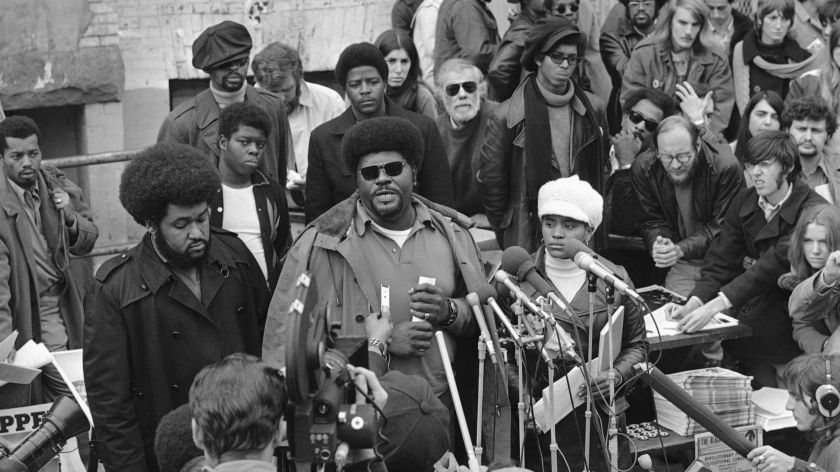
The Black Panther Party Courtesy
For the past half-century, depictions of the Black Panther Party in mainstream media have largely glossed over their ideas or their community activism. “They’ve been reduced to leather peacoats and shotguns,” Shaka King, the director of the new Black Panther-focused film Judas and the Black Messiah says. They’ve been called terrorists, fringe separatists, “wild beasts” and “the civil rights movement’s evil twin.” While the words of other Civil Rights activists like Martin Luther King, Jr., John Lewis and Malcolm X are widely read and revered, those of Huey Newton, Bobby Seale and Fred Hampton are taught and shared with far less frequency.
But if you ask many current activists fighting anti-Black racism and inequity today, they’ll tell you that the influence of the Black Panthers is immeasurable. “They exist as a continual barometer to measure ourselves against—both in terms of lessons that have been garnered as well as challenges in terms of where we can improve or deepen our analysis,” Aislinn Pulley, a co-founder of Black Lives Matter (BLM) Chicago and a co-executive director of the Chicago Torture Justice Center, says.
On Feb. 11, a further re-examination of their work and legacy will be spurred anew by Judas and the Black Messiah, which tells the story of Hampton and the Chicago Panthers as they work to organize, educate and feed their community while being mercilessly hunted by the FBI. While this history might be new to many, it isn’t to the activists who have inherited many aspects of their work from the Panthers: their socialist ideals, focus on grassroots organizing, language about white supremacy and visual tactics. On a larger scale, some of the ideas that the Black Panthers espoused—including prison abolition—have begun making their way into mainstream discourse. Here are the ways in which their legacy lives on.
Policing the Police
Countering police brutality was at the core of the Black Panthers’ mission. One of the central catalysts for their formation was the death of Matthew Johnson, an unarmed Black 16-year-old who was shot to death by police in San Francisco in 1966. In order to monitor police and discourage similar events from happening, Black Panther founders Huey P. Newton and Bobby Seale devised a strategy in which they sent legally armed teams to observe police activity in Black neighborhoods.
At a time when much of the national discourse on police brutality centered on Southern cities with Jim Crow laws, the Panthers’ actions in ostensibly progressive cities were crucial toward a deeper national understanding of the depth and ubiquity of systemic racism. “There was no focus on police brutality in the North. The Panthers really put focus on what so many people, especially African Americans in the North, felt and knew,” Stanley Nelson, the filmmaker who directed the 2015 documentary The Black Panthers: Vanguard of the Revolution, says.
Over the past several decades, Fred Hampton’s son, Fred Hampton Jr., has taken up his father’s mantle of activism in his leadership of the Black Panther Party Cubs. This summer, the group was particularly active in calling attention to the ways in which they felt the coronavirus outbreak in Chicago’s Cook County jail—which was the nation’s largest COVID-19 hotspot in April—was an the extension of the jail’s long history of oppression and violence. “We see prison as a microcosm of our community,” Hampton Jr. says. “Chairman Fred himself was held there. Last summer, the state was literally turning Cook County into an open casket.”
As coronavirus outbreaks raged in prisons across the country, protesters took to the streets demanding the end of police brutality, the defunding of police or outright abolition. While the idea of abolition has proved very controversial politically, an ABC/Ipsos poll taken last June showed a majority of Americans supported the redirection of funds from police to other services. “The fight back against police repression that the Panthers engaged in hugely has underpinnings of abolition,” Aislinn Pulley says.
The Rise of Mutual Aid
While the Panthers fought against police brutality, they also invested heavily in community organizing and aid. Their free breakfast program fed thousands of hungry kids before school; they set up health clinics, child development centers and food pantries. They handled pest control, gave away coats and shoes in the winter, and started a free bus route to prisons for people to visit their incarcerated family members or loved ones.
And over the past few years and especially since the coronavirus, the concept of mutual aid, in which communities band together to unite in common struggle and provide help for the most vulnerable among them, has grown in popularity. Networks have sprung up in various cities to deliver groceries, cover rent and more. One of those is the People’s Survival Program in Jacksonville, Fla., which has existed since 2017, collecting food donations, educating those in need about social services and making public record requests for body camera footage. “The Black Panther Party really set me on a trajectory towards what it looks like to organize in the community,” Michael Sampson II, the executive director of the Jacksonville Community Action Committee, which runs the program, says.
Education was also a key part of the Black Panthers’ mission: they started “liberation schools” that mixed traditional subjects like math and science with teachings about Black history and racial inequity. Current activists have embraced this emphasis on education: Noname, a rapper and activist, has a book club which has included Black Panther Party readings and materials, while Colin Kaepernick hosted a free youth camp in 2016 based on the Panthers’ 10-point plan, focusing on the history of policing and human rights. In Chicago, Pulley hopes to integrate more educational aspects into the fabric of the Black Lives Matter organization. “Rigorous study was a big, big part of membership criteria for the Panthers,” Pulley says. “That’s certainly an area where we have a lot of growth that needs to happen.”
Female Leadership
While the most widely shared images of the Black Panthers are of men, women played an essential role in the party, making up at least two-thirds of the organization by the end of the 1960s. Elaine Brown edited the Party’s newspaper and led the entire organization from 1974 to 1977. Other women were involved at all levels of organizing; they fought for more inclusive understandings of Black Power, armed themselves and led many of the party’s most successful community programs. (One of those women is the writer and activist Akua Njeri, who is portrayed by Dominique Fishback in Judas and the Black Messiah.)
Black Lives Matter was founded by three women—Patrisse Cullors, Alicia Garza and Opal Tometi—and many of its leaders across the country are female. Pulley says that a chant written by former Panther Assata Shakur is routinely used to close out Black Lives Matter actions and meetings. “We continue to learn from them: they have enormous experiential wisdom, which is really huge, especially because historical amnesia and erasure are very commonplace,” Pulley says of the Panther women.
Continued Impact
Many activists acknowledge that the Panthers were neither a monolith nor perfect: they were plagued, at various points, by infighting, sexism and violence. “Sometimes they said things we just cringed from,” Nelson says. But Michael Sampson II says that “what we’ve learned from the Panthers is much greater than the failures of what they’ve done.” And many of their ideals continue to reverberate and gain steam. Their call for reparations has been re-energized by the writings of Ta-Nehisi Coates and congressional candidates who have recently made it a part of their campaigns. While the word socialism alone still rankles many Americans—just like it did when the Panthers championed it—polls have shown that support for some form of socialism has increased over the last decade. Hampton’s Rainbow Coalition, in which he united disenfranchised Black, Hispanic and white organizing groups, has inspired activists like Pulley to form alliances across demographic lines in class solidarity. And long before Andrew Yang was espousing universal basic income, the Black Panthers wrote in their Ten-Point Program: “We believe that the federal government is responsible and obligated to give every man employment or a guaranteed income.”
“When the Panthers came out, so many people wondered what they were talking about,” Nelson says. “But we can go down the demands of the Ten-Point Program, one by one, and so many people would agree with all of them.”
* The article published on Time Magazine






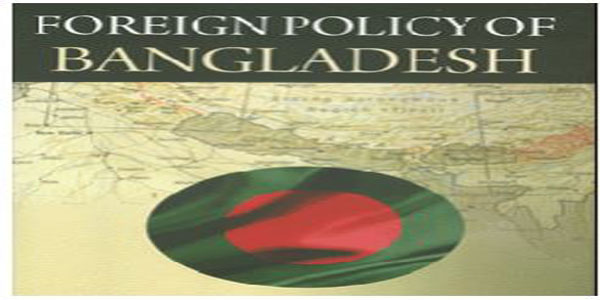

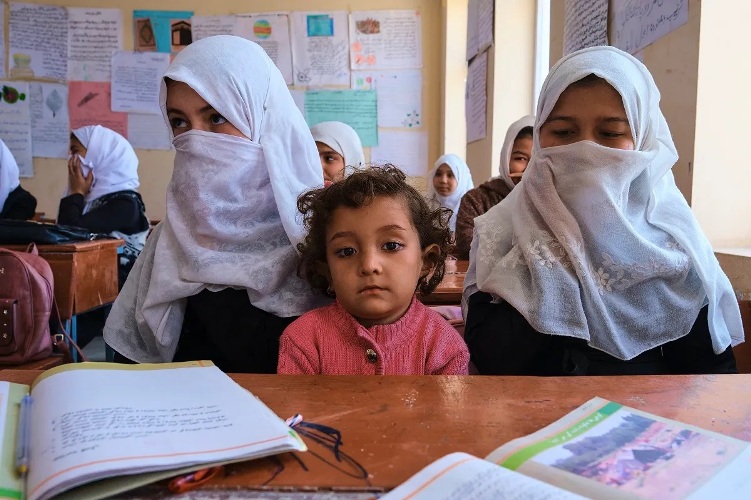
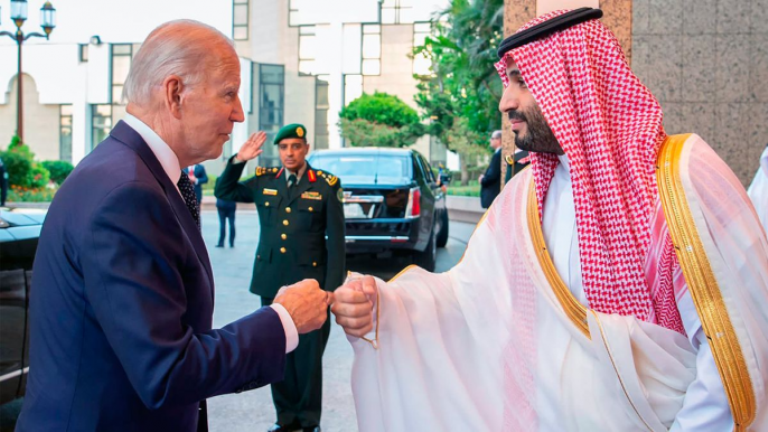

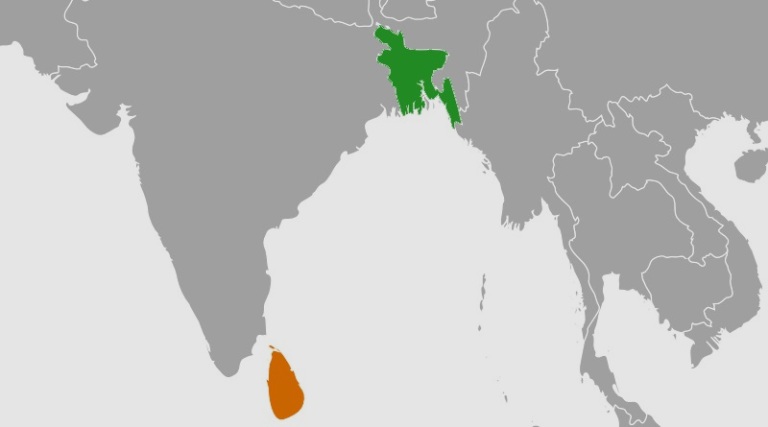
0 Comments